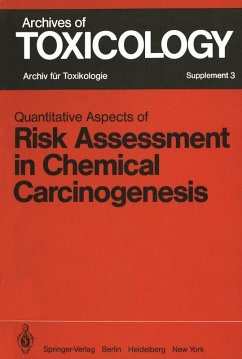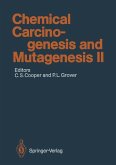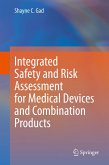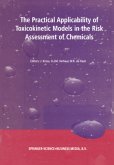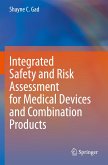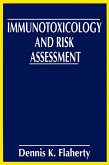N-nitroso-compounds form an important class of carcinogenic chemicals which may be of environmental importance (Druckrey et al. , 1967; Magee et al. , 1976; IARC, 1978). The mechanism by which these carcinogens initiate neoplastic growth is not well understood but there is substantial evidence favoring the hypothesis that the simple dialkylnitrosamines and alkylnitrosamides act by means of their conversion to al kylating agents. Alkylating species are generated from the nitrosamines by metabolic activation and from the nitrosamides by chemical decomposition at physiological pH. It is widely believed that DNA is the critical alkylation target. Alkylation takes place at at least 12 sites within the DNA molecule (Lawley, 1976; Singer, 1976; Pegg, 1977a). Al though alkylation at the 7-position of guanine is the most extensive reaction with the DNA bases and provides a reliable measurement of the degree of interaction with the carcinogen (Swann and Magee, 1968, 1971), recent experiments have suggested that alkylation of oxygen atoms may be the critical reaction (Goth and Rajewsky, 1974; Margison and Kleihues, 1975; Nicoll et aI. , 1975; Pegg, 1977a). These laboratories have observed a correlation between the production and persistence of 06-alkyl guanine and the occurrence oftumors in a variety of organs of rodents exposed to N-ni troso-carcinogens. It has, therefore, been suggested that the ability of tissues to catalyze the removal of 06-alkylguanine from DNA may provide a protective mechanism against carcinogenesis.
Hinweis: Dieser Artikel kann nur an eine deutsche Lieferadresse ausgeliefert werden.
Hinweis: Dieser Artikel kann nur an eine deutsche Lieferadresse ausgeliefert werden.

